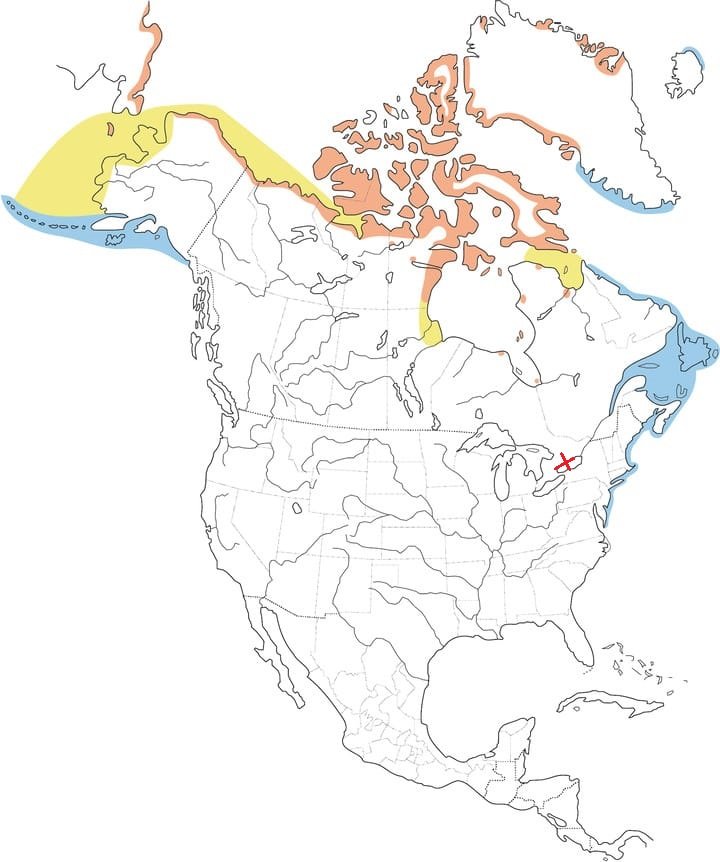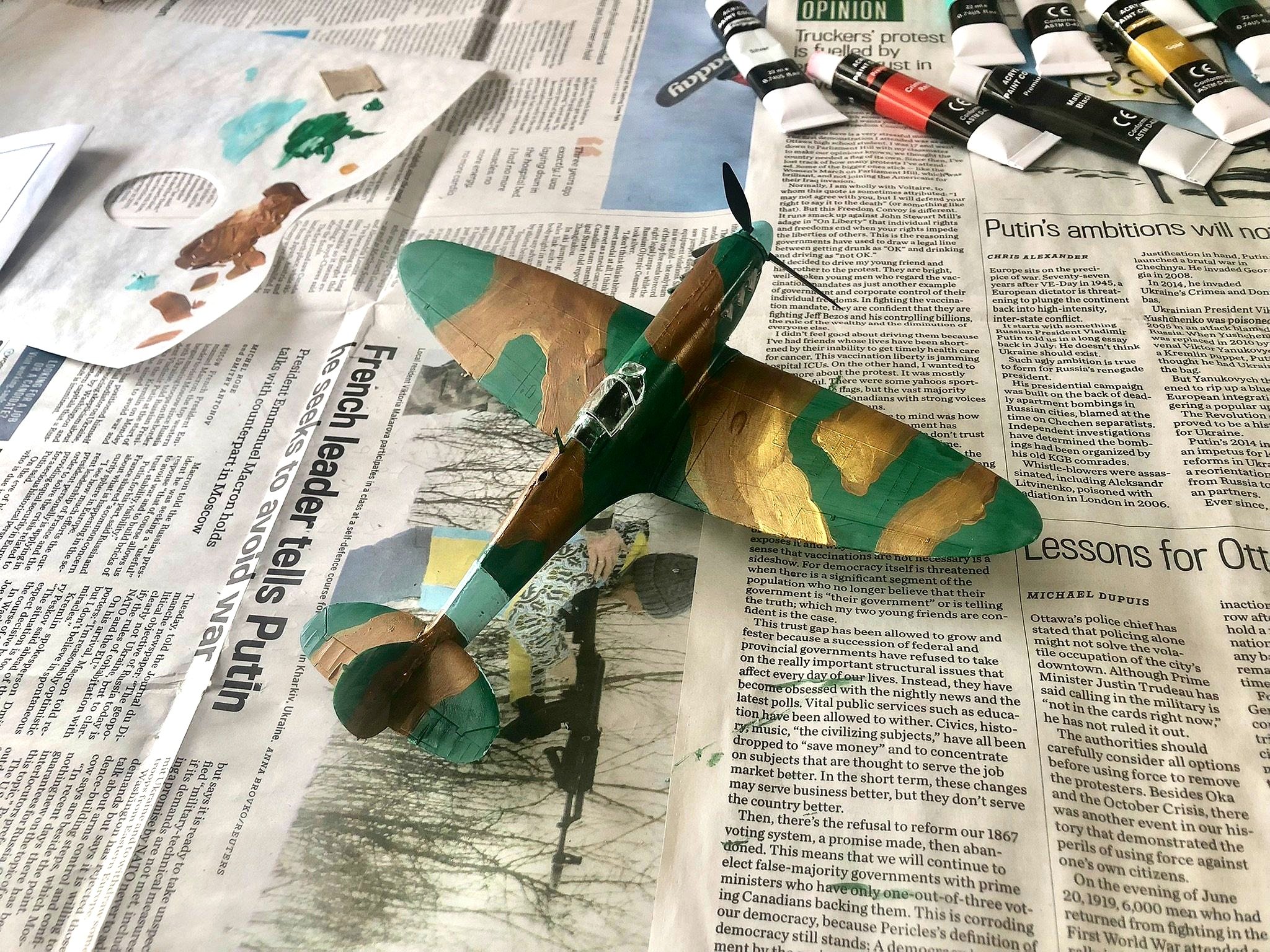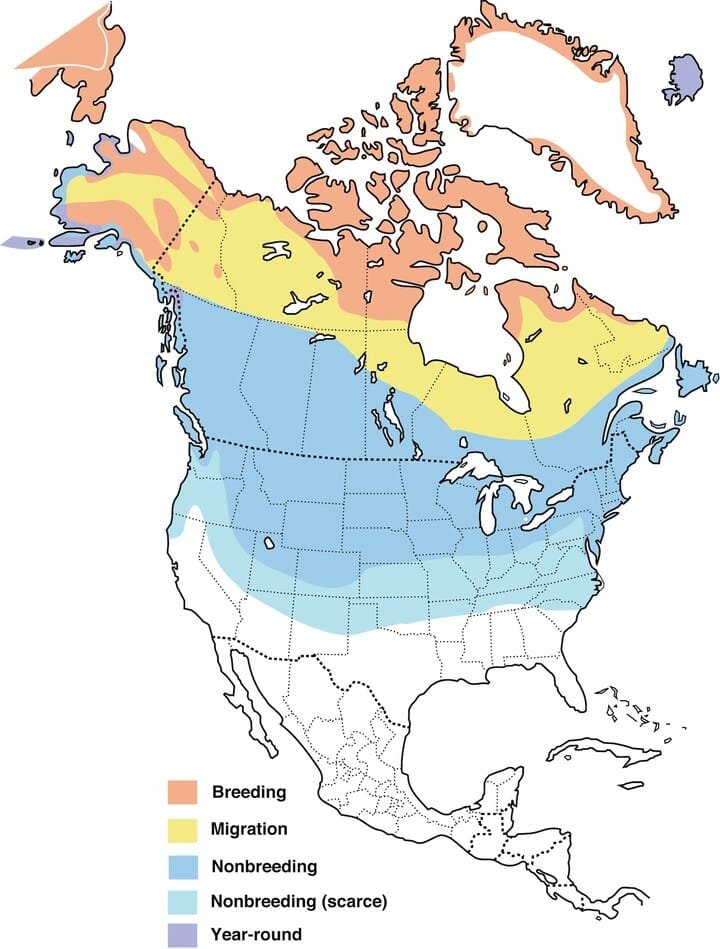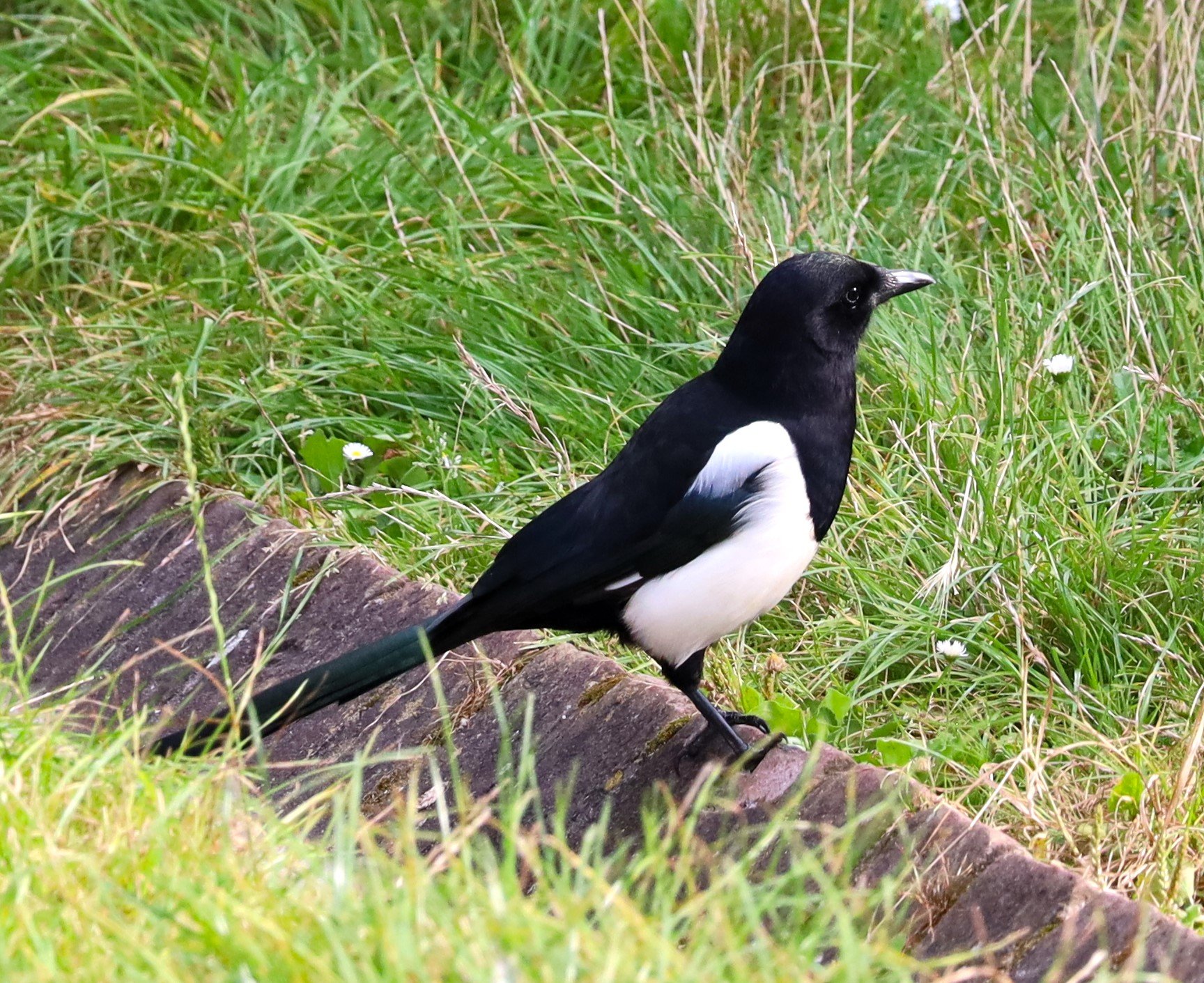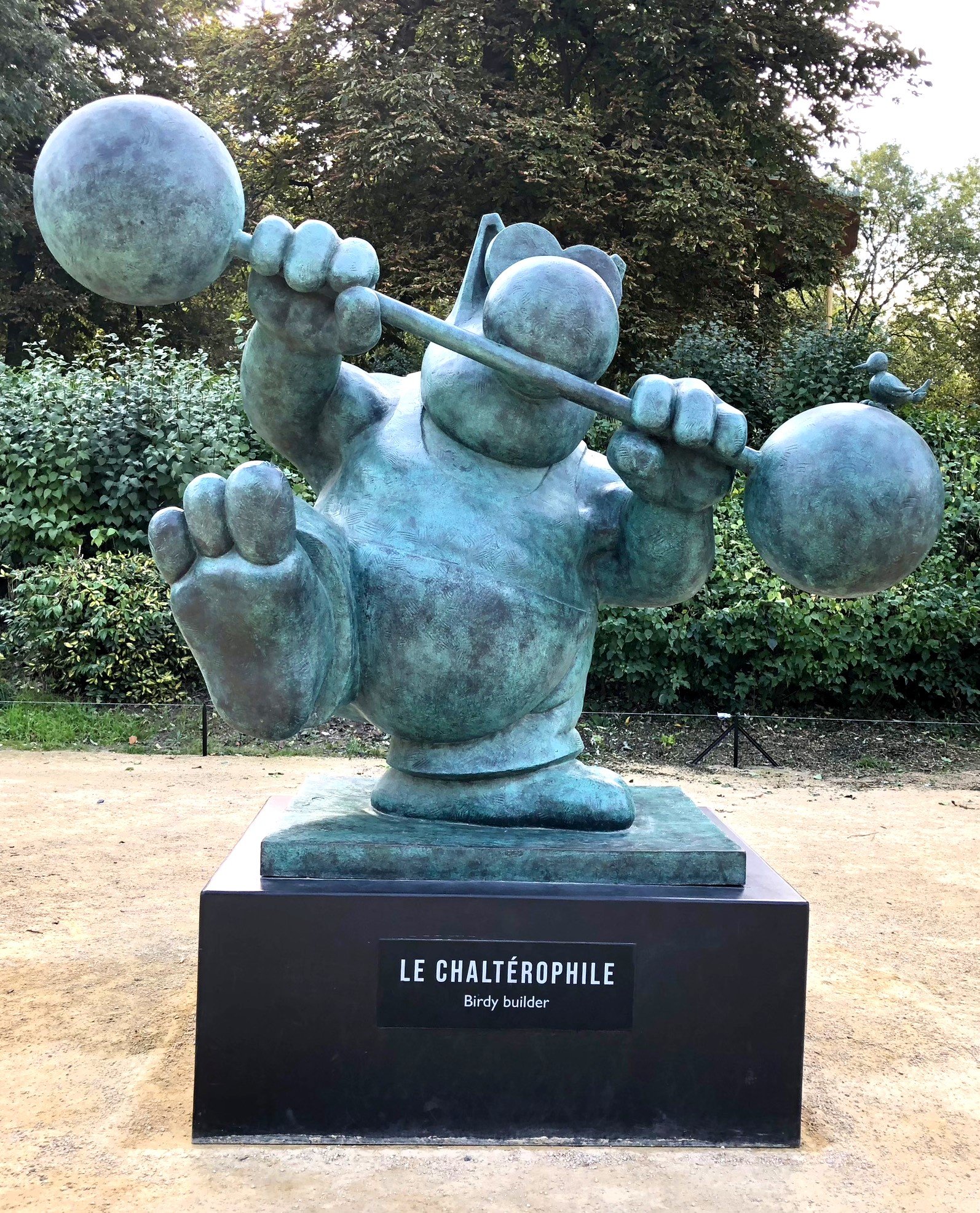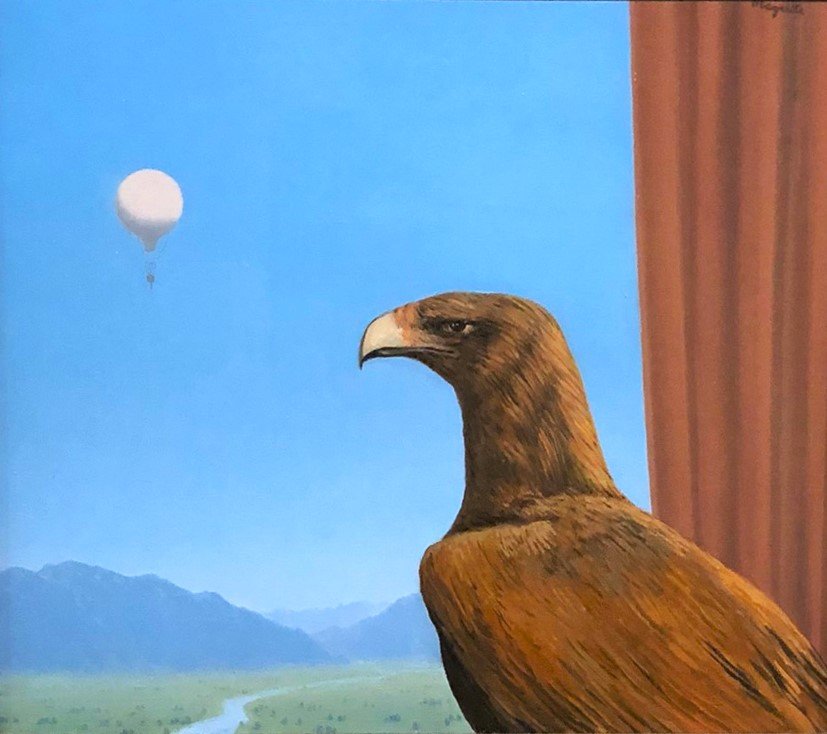This late autumn/early winter period at my regular birding park on Lake Ontario’s north shore was kind of a festival of rarities. It seemed like every time I went there, a crowd of other birders was gathered for one or another bird that really wasn’t supposed to be there. I saw a Red Phalarope (Phalaropus fulicarius), a small group of Harlequin Ducks (Histrionicus histrionicus), a King Eider (Somateria spectabilis), and a Northern Pintail (Anas acuta), all either far off their regular ranges, or staying north far too long.
A female King Eider enjoying freshwater crayfish for a change.
Phalaropes and Eiders are salt-water birds whose ranges tend to the Atlantic and Pacific edges and the Arctic top of North America. They are not great wanderers of the inland waterways. Harlequin Ducks are fine with fresh water – they love rough river waters, and come a ways inland, but do not generally visit the Great Lakes. I saw a number of them in Iceland this past summer, but did not imagine I would repeat the feat in Toronto. The Northern Pintail is at home on and around Lake Ontario, but it was home alone when photographed by Toronto birders, having for some reason sat out the migration that took its many pintailed companions farther south for the cold months.
As you can see by this range map (thanks to Cornell University’s All About Birds site), my Eider (marked with a red x) was spotted many hundreds of kilometers from where it should have been, and paddling in the wrong kind of water.
Then, in January, at my small northern Ontario getaway of Thessalon, I was surprised to see a more varied population of feed-station visitors than I’ve come to expect. Braving Algoma’s deep freeze temperatures, and competing for seed with the standard Black-capped Chickadee (Poecile atricapillus) and Northern Cardinal (Cardinalis cardinalis) were migratory songbirds like the Fox Sparrow (Passerella iliaca), Gray Catbird (Dumetella carolinensis), and White-throated Sparrow (Zonotrichia albicollis), all of whom should long before have vacated Lake Huron’s north shore for warmer climes.
Insect-eating Gray Catbird where no insects are active. What?! I have added dried mealworms to my feed, so it should be good for the season. You do what you can.
The Catbird at my feeder is well within its breeding season range (red section), but this is not breeding season. It really should be enjoying the insects of Florida and Central America right now. © All About Birds
But maybe climes are the issue at play. The North American fall and winter have been much milder than usual. Northern local newspapers that might normally feature photos of impressive ice-fishing catches are instead filled with dire warnings to stay off inadequately frozen lakes because of the danger of falling through. The settled science of El Niño/La Niña temperature oscillation in the Pacific Ocean may explain a single warmer winter here and there, but with Nasa scientists confirming that 2023 was the hottest year on record, it seems we may be adjusting migratory bird charts for the foreseeable future.
A Fox Sparrow showing winter camouflage best adapted to snowless thickets.
Close to its wintering grounds… but not quite. The White-throated Sparrow decides to stick it out up north.
The great band of boreal forest between most of Canada’s population centers and the Arctic seems to be a great divider for northern and southern tending birds, with my northern home on a kind of a borderline. Perhaps I’m in for a lot more crossover in coming years.
This chart from NASA shows the rapid increase in average monthly temperatures from 1880 until 2023… the warmest year on record.
Are the birds trying to tell us something? Perhaps we should listen.
“Those who have no involvement in creating the problem are the most affected, while those with the capacity to arrest the slide dither.”
Bonus Birds! The Return of the Trumpeters
This Trumpeter Swan (Cygnus buccinator) had a lot to say as it flew over me and some other birders last weekend.
In the past few weeks, I’ve sealed my bird-nerdism for good by signing on to evening webinars about birds and the joys of wandering among them. Last week’s was an inspiring talk from the Trumpeter Swan Society (TSS), which I hope will counter any feelings of dread and hopelessness that may have arisen from the main posting here. The talk is now on YouTube, and can be accessed by anyone at the link back there at the beginning of this sentence.
The TSS was founded in 1968 (when I was three years old) with a mission to “assure the vitality and welfare of wild Trumpeter Swans.” Trumpeters are a beautiful North American species — our largest native waterfowl — and were almost wiped out by hunting and habitat destruction in the late 1800s.
Trumpeter flyover on the north shore of Lake Ontario. A triumph of species rehabilitation.
Focused work from concerned naturalist and environmentalists have restored a healthy Trumpeter population that is tracked and protected so that following generations will have these magnificent birds to admire.
The TSS webinar detailed the work done to restore Trumpeter populations in Ontario, Canada. A couple days after attending the talk, I was treated to a thrilling flyover by a group of Trumpeters on the frigid north shore of Lake Ontario.


